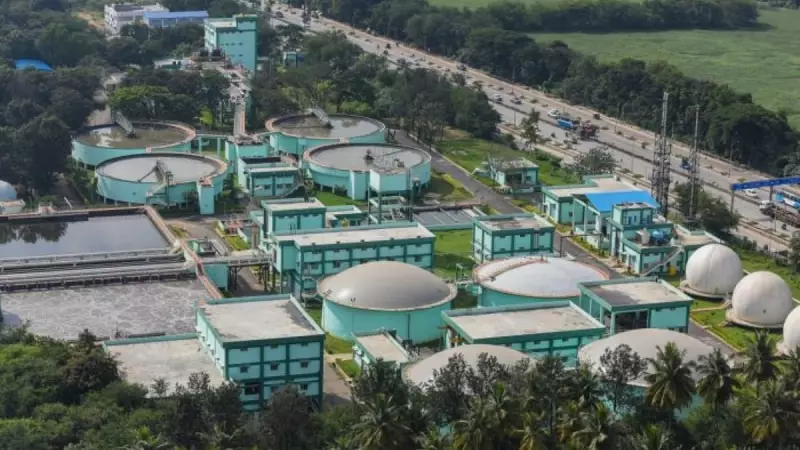
In a significant environmental breakthrough for India's tech capital, the critically polluted lakes in Bengaluru's Bommasandra industrial area are set to receive a long-awaited lifeline. After half a decade of contamination that turned water bodies into toxic cesspools, authorities have finally approved the construction of a dedicated Effluent Treatment Plant (ETP).
The Bommasandra-Jigani industrial belt, housing over 600 manufacturing units, has been discharging untreated chemical waste directly into local water bodies for years. This systematic pollution has transformed once-pristine lakes into hazardous zones, threatening both ecosystem health and public safety.
The Environmental Crisis Timeline
The pollution crisis in Bommasandra reached a tipping point five years ago when environmental agencies declared the lakes critically contaminated. Despite numerous complaints from residents and environmental groups, industrial units continued to release untreated effluents containing heavy metals and toxic chemicals.
Local communities living near these water bodies have reported:
- Severe health issues including skin diseases and respiratory problems
- Contamination of groundwater sources affecting drinking water
- Complete destruction of aquatic life in the lakes
- Foul odors making adjacent areas uninhabitable
Government Intervention and Solution
The Karnataka Pollution Control Board (KPCB) has now mandated the establishment of a Common Effluent Treatment Plant specifically designed to handle industrial waste from the Bommasandra cluster. This centralized facility will process contaminated water from multiple factories before it reaches the lakes.
Key features of the new treatment plant include:
- Advanced chemical treatment processes for industrial effluents
- Capacity to handle waste from all 600+ manufacturing units
- Real-time monitoring systems to ensure compliance
- Regular water quality testing protocols
Impact on Bengaluru's Water Ecosystem
Environmental experts believe this intervention could mark a turning point for Bengaluru's rapidly deteriorating water bodies. The city has lost numerous lakes to urbanization and industrial pollution over the past decade, making the Bommasandra project particularly crucial.
"This ETP represents more than just a treatment facility—it's a commitment to sustainable industrial growth," noted a senior KPCB official. "We cannot allow economic development to come at the cost of environmental destruction."
The project timeline aims to have the treatment plant operational within the next 18 months, with preliminary work already underway. Regular monitoring and strict enforcement will ensure industries comply with the new waste management standards.
This development comes as part of broader efforts to revive Bengaluru's iconic lake ecosystem, which has suffered tremendously from unchecked urban expansion and industrial pollution. The success of the Bommasandra ETP could serve as a model for other industrial areas facing similar environmental challenges across India.





